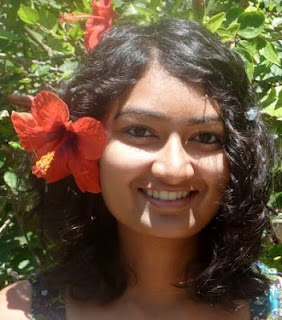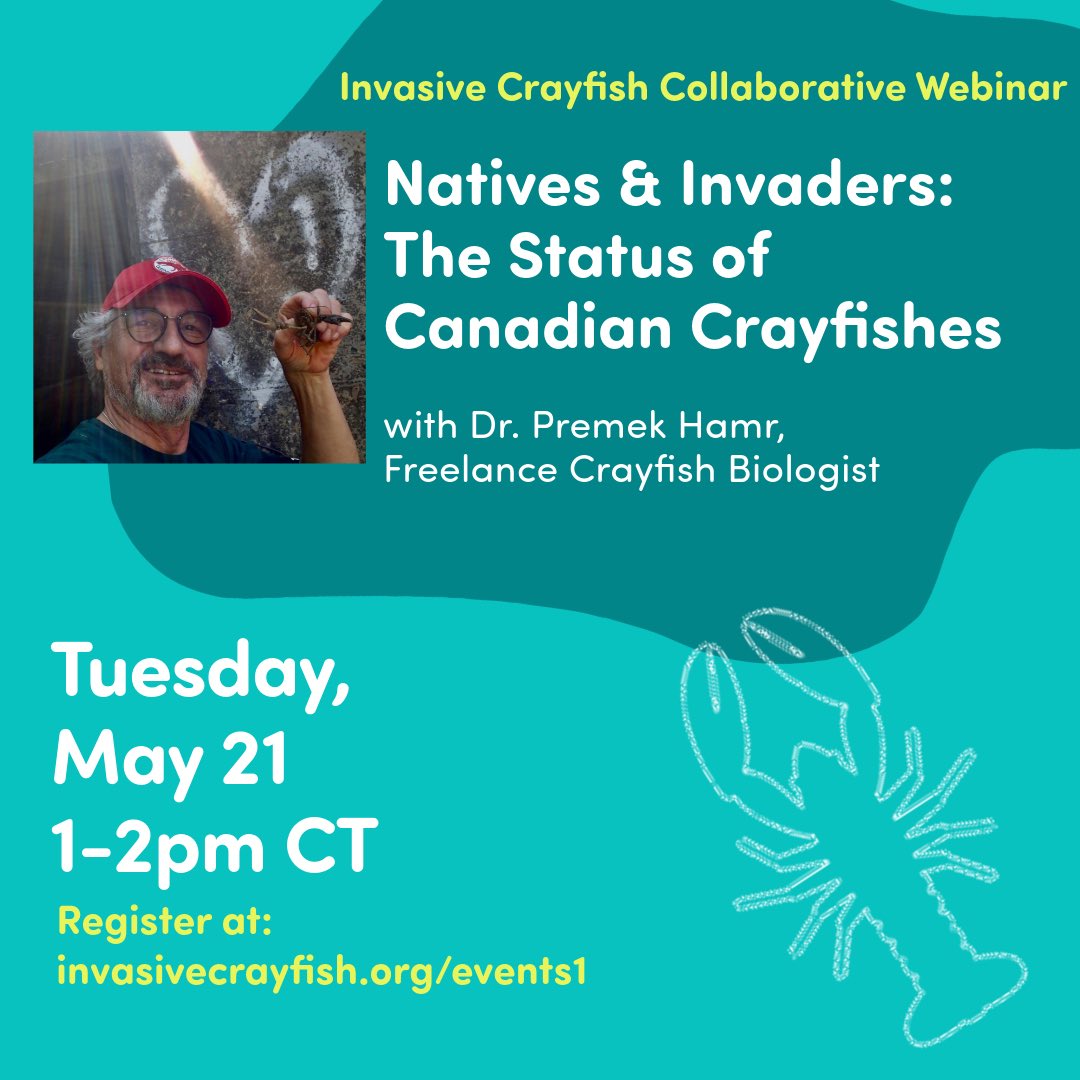“The radishes planted in northwest Ohio go in about this time of year and are left in the ground to die, explained our host, Allen Dean. Planting doomed radishes, it turns out, is an innovative technique he has used in recent years to improve soil nutrients and reduce runoff from his Williams County farm.Here’s the basics on how it works: Farmers plant seeds for a plant called an oilseed radish. It doesn’t actually have to be that plant, but it needs to grow a foot or longer into the soil during the fall in a tubular shape, like a carrot or a parsnip. It also needs to grow a fair amount of foliage up on the ground. Radishes are usually more affordable.It’s important that the plant drill down into the soil so that when it dies, usually during a mid-January freeze, it decays and leaves behind a v-shaped hole for snow and water to penetrate deeper. The decayed radishes Dean showed us looked like organic socks.Oilseed radishes are particularly good at absorbing nutrients from the surface and sending them down into the soil as the tubular plant drills it way into the ground.”
Category:
A delicious solution to Great Lakes algae issues?
September 25th, 2012 by Irene MilesIn the news: Identifying potential causes of harmful algae in Lake Erie
September 10th, 2012 by Irene Miles“Financial viability is the bottom line for most farmers here along the Maumee River. The Maumee passes through 4.5-million acres of farmland before entering Lake Erie at Toledo. Along the way it picks up a lot of topsoil from farm fields. Attached to that soil are fine particles of phosphorus, one of the nutrients that helps crops grow, but also feeds algae blooms. No-till farming has reduced particulate phosphorus runoff by nearly 40-percent. But researchers from Heidelberg University say their thirty years of water quality data shows that another form of phosphorus – called dissolved phosphorus – has risen dramatically in recent years. And to reduce that nutrient enough to curb Lake Erie algae blooms will take a whole new set of techniques.”
“The sport fishing industry, beach resorts, amusement parks – all took a hit from the 2011 algae outbreak. Connor says cities …not just farms…have to do more to stay on top of it.
Overflows from sewage systems that collect storm water and waste water are a fairly regular occurrence in Cleveland, Toledo, Detroit and other communities around the lake. And it’s a huge cost to fix it.”
In the news: Chicago Canal not the only potential path for Asian carp
September 6th, 2012 by Irene Miles“At the top of that list of secondary pathways is an area in northern Indiana called Eagle Marsh, which separates the Mississippi basin’s Wabash River from the Maumee River basin that feeds Lake Erie. The two watersheds have a history of merging in extreme rains, so to reduce the threat of carp making the jump into Lake Erie, the federal government has erected a fence between them.”
Climate change on the Great Lakes touches all areas
August 22nd, 2012 by Irene Miles“For decades, the mathematics of waterborne transport here were simple. For every 10 to 11 metric tons of cargo that moved into and out of the Toledo port, about one metric ton of sediment left the channel. (Last year, 10.4 million metric tons of cargo were handled at the port.)But with climate change, the equation is almost certain to get more complex and more expensive, say scientists and port managers. More mid-winter snow melts and rainstorms — and more frequent heavy rainfalls, especially in spring — may lead to higher soil-erosion rates, meaning that Great Lakes rivers are likely to carry more soil into harbors. Higher air temperatures already are warming the Great Lakes, blocking ice from forming, and increasing rates of evaporation that may lead to lower lake levels.”
Summer interns helping to move IISG projects from paper to practice
July 27th, 2012 by Irene Miles
Naoki Wada
As a native of Japan, Naoki was particularly struck by the results of the 2011 earthquake and tsunami: “My home country, Japan, where the supply of natural resources is very scarce, experienced one of the largest earthquake and tsunami last year, putting most of their nuclear power plants out of operation due to the safety concerns and…forcing the nation to rethink their future energy security. As an island nation surrounded by the ocean, utilizing oceanic energy by means of wave/tidal/current/power generation can be a remedy.” Naoki feels that the United States can also benefit from technology related to ocean-generated power; in addition to providing sustainable energy, it doesn’t require as much land as solar or wind farms and may be more palatable to planners and developers. After his graduation at the end of this year, Naoki intends to pursue graduate work in this field.
Meredith explains more: “I am working with Dr. Paris Collingsworth this summer and we are conducting a study to compare zooplankton community data collected by the Great Lakes National Program Office (GLNPO) with data collected by the Interagency Lower Trophic Level Monitoring Program of the Lake Erie Committee Forage Task Group (LEC-FTG). We are using statistical models to calculate zooplankton community similarity metrics at specific sample sites through time and space. This study will determine whether the LEC-FTG survey is capturing zooplankton community characteristics that are unique to those captured by the GLNPO data set.”
Lainey will be entering her junior year at the University of Illinois this fall, majoring in Natural Resources and Environmental Sciences, with a concentration in Resource Conservation and Restoration Ecology.
Recent News
- Illinois Conservation Police Officers dive into AIS workshop during spring meeting
- Aquatic Invasive Species Specialist Greg Hitzroth wins ILMA Lake Guardian Award
- Cooperative Lake Michigan research effort focused on critical management issues and knowledge gaps
- IISG announces intern opportunites with Shedd Aquarium, National Park Service, and Chicago Wilderness
- IISG finds new approaches to help communities and others make informed decisions
IISG Tweets
Categories
- Aquaculture
- Aquatic Invasive Species
- Buoys
- Climate Ready Communities
- Director's Blog
- Education
- Featured
- Fellowships
- Fisheries
- Funded Research
- Funding
- Great Lakes Cleanup
- Great Lakes Data
- Healthy Waters
- Internships
- Jobs
- K-12 Education
- News
- Photos
- Program
- Recreation & Tourism
- Resources
- Sea Grant Scholars
- Stormwater & Green Infrastructure
- Sustainable Community Planning
- The Helm
- Uncategorized
- Video
- Water Supply





